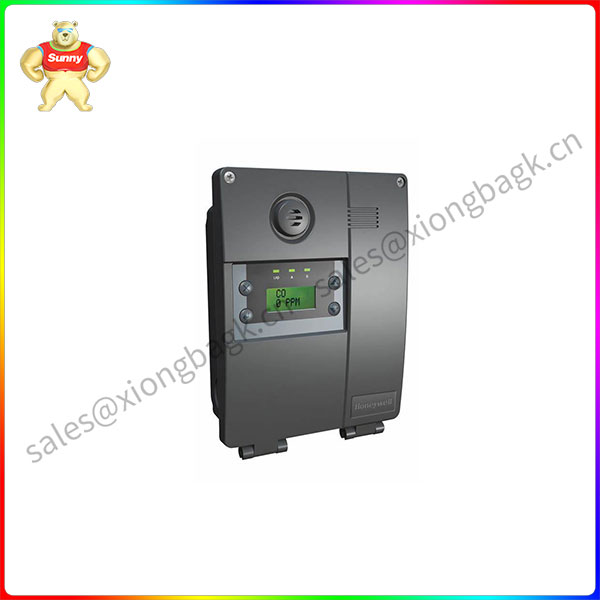Sustainability is a core element of product design
It is estimated that decisions made during the product development phase determine more than 80% of the environmental impacts associated with the product. The choice of material and component suppliers is often the two biggest contributors to carbon footprints, and for energy-intensive products such as cars, customer use can have an even bigger impact. Most importantly, the decisions that cause Scope 3 emissions offer the greatest opportunity to substantially reduce emissions. In 2024, we can expect to see manufacturers start incorporating sustainability criteria into their design decisions.
Typical design criteria include cost, performance, risk, time to market, durability, reliability, manufacturability, etc. As the CSRD approaches, factors such as the carbon footprint of materials, the carbon footprint and decarbonization trajectory of suppliers, the reuse, remanufacturing and recycling capabilities of components, and energy efficiency will also be taken into account.

E3Point
The decarbonization trajectory of suppliers is particularly important, E3Point as we expect a scenario where suppliers with more aggressive plans will be selected, while cleaning suppliers who are not as fast to decarbonize will be weeded out.
As manufacturers move into the design phase, technology will be key to enabling rapid iterations of product designs to meet emissions reduction commitments under the CSRD. This requires the use of CAD and product lifecycle management (PLM) tools to assess the environmental impact of materials and suppliers, select appropriate manufacturing processes, perform lightweight designs, and run 3D simulations to validate and iterate on digital designs, thereby reducing physical prototyping. By using these tools to optimize E3Point design and manufacturing processes early and often, manufacturers can both accelerate innovation and reduce costs.
 中文版
中文版




